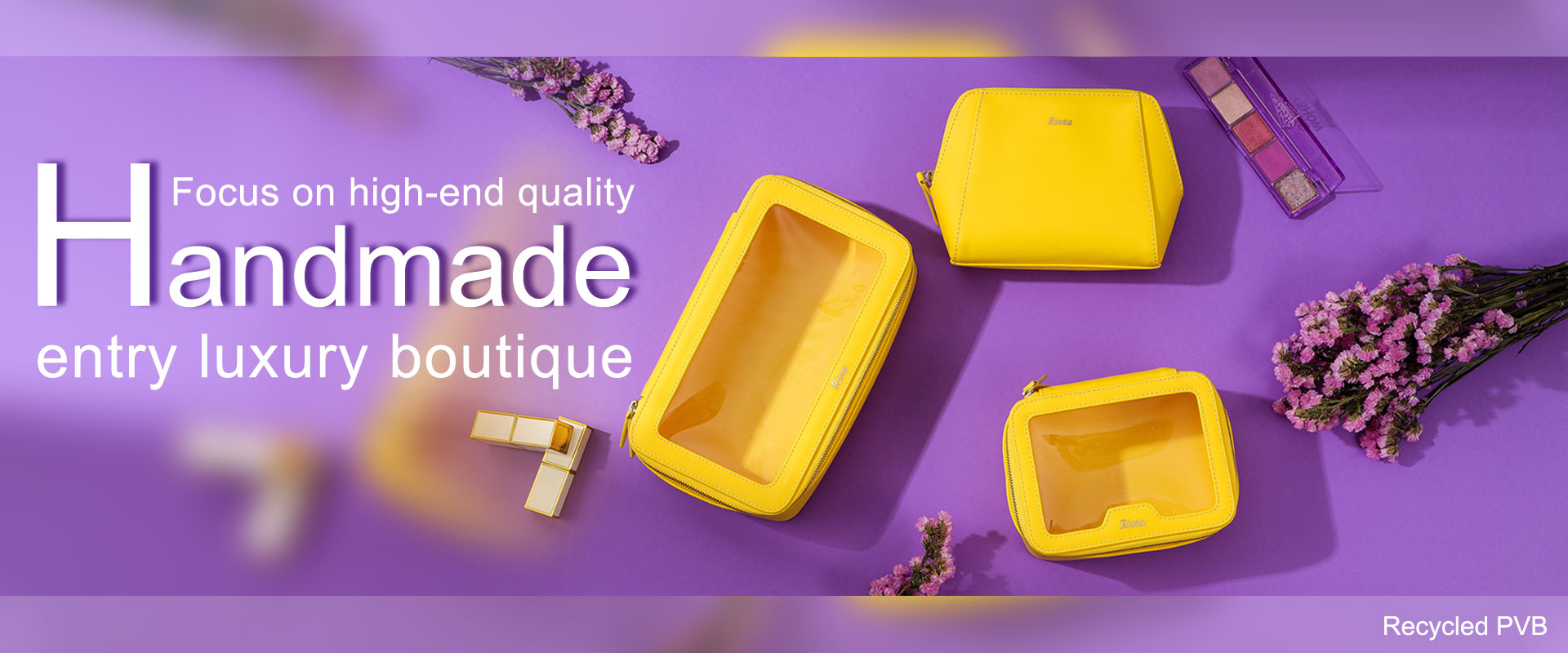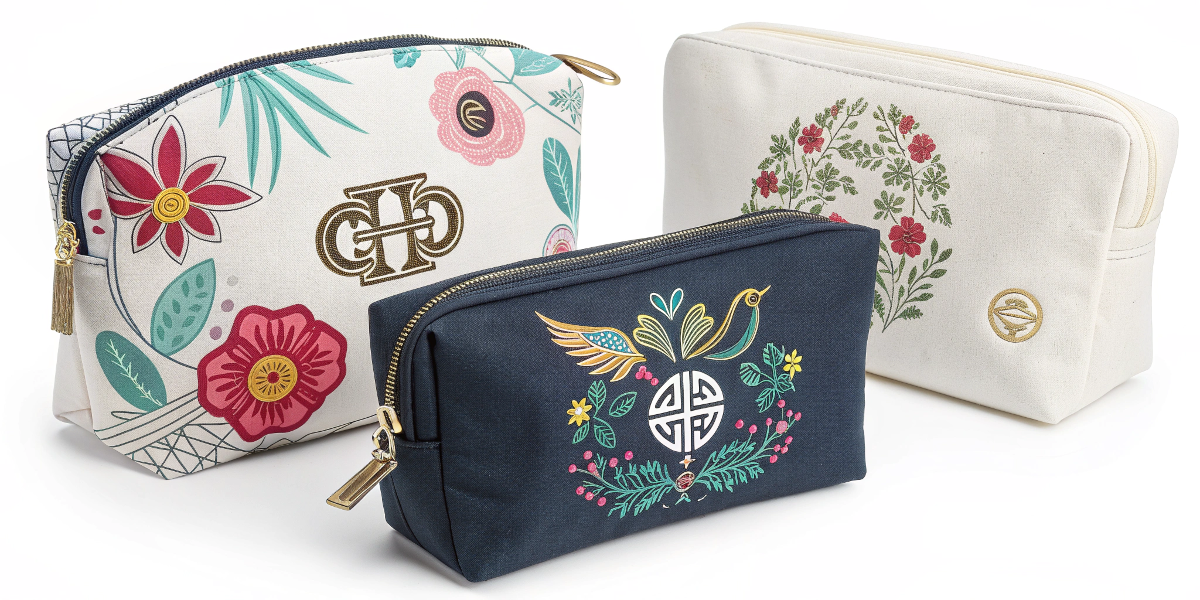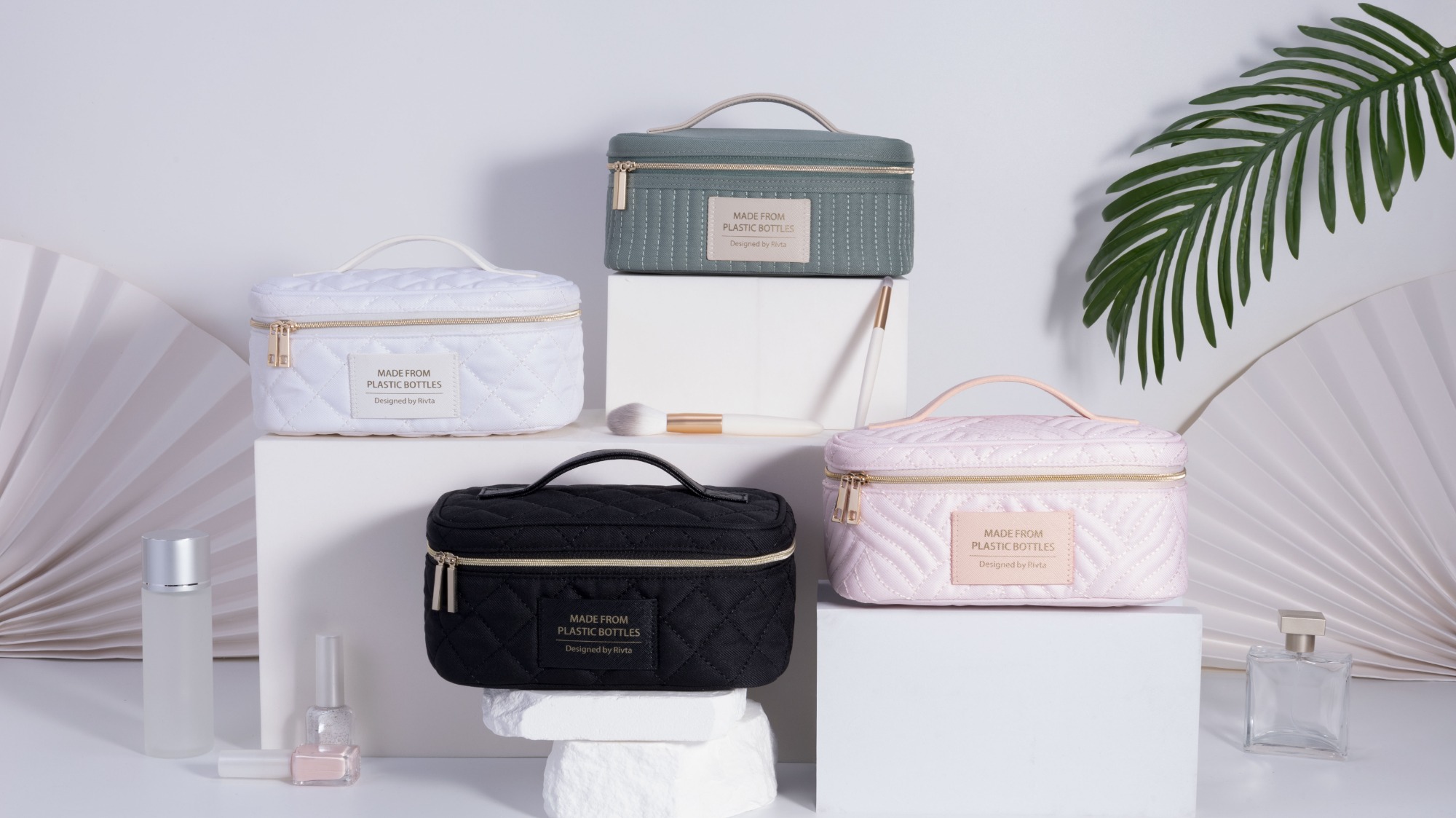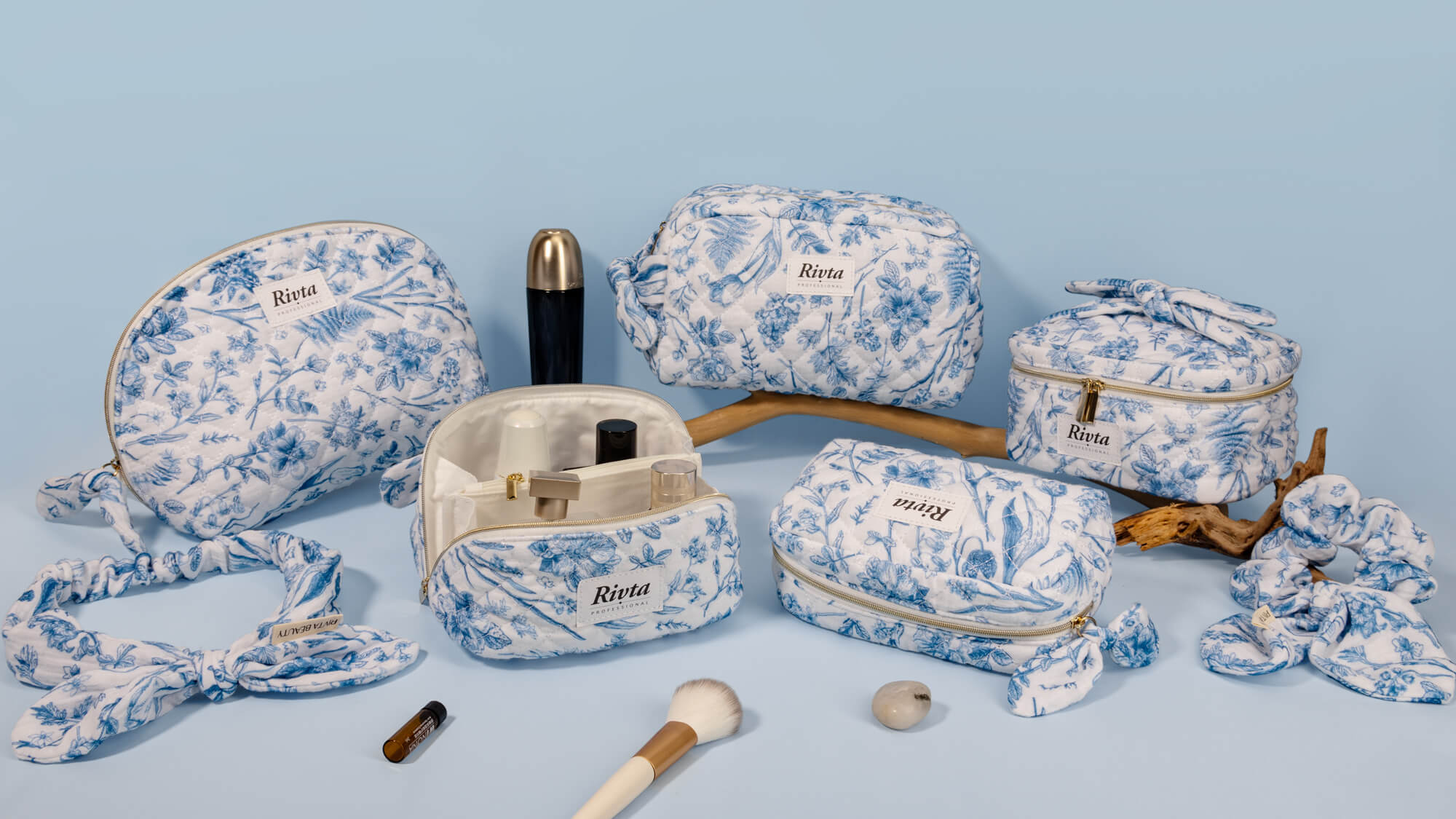How do you design a private label makeup bag?
Designing a custom makeup bag can feel overwhelming. You want something unique that reflects your brand, but the process seems complicated. Let’s break it down into simple, clear steps.
To design a private label makeup bag, you must first build your brand identity. Then, you design the physical bag by choosing its function, materials, and features. Finally, create a memorable logo and apply your branding consistently to the finished product.
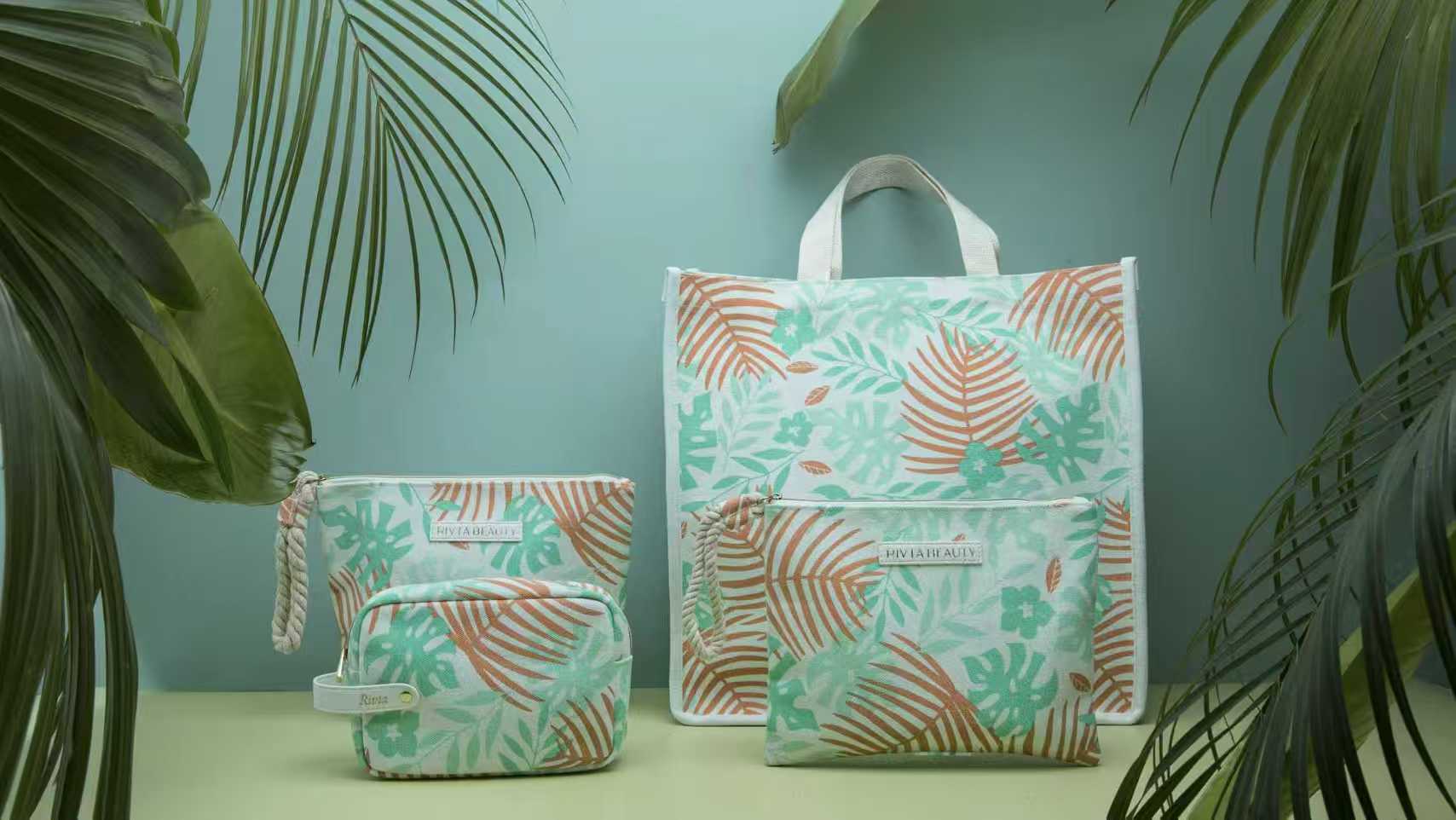
I have been manufacturing bags for over 30 years. In that time, I’ve seen many project managers like Phoebe turn a simple idea into a best-selling product. The secret isn't some magic creative ability; it's a clear and logical process. A great makeup bag is more than just a pretty object. It’s a physical piece of your brand's story. Let me walk you through the exact steps we use with our clients to bring their vision from a sketch to a real, high-quality product.
How do you design your own makeup brand first?
You want to launch your own line, but where do you begin? A strong brand is much more than just a product. It’s about creating an entire world for your customer.
To design your brand, first define your "why," your target audience, and what makes you unique (your USP). This foundation guides every decision, from your product choices to your logo, ensuring your brand is consistent and compelling.
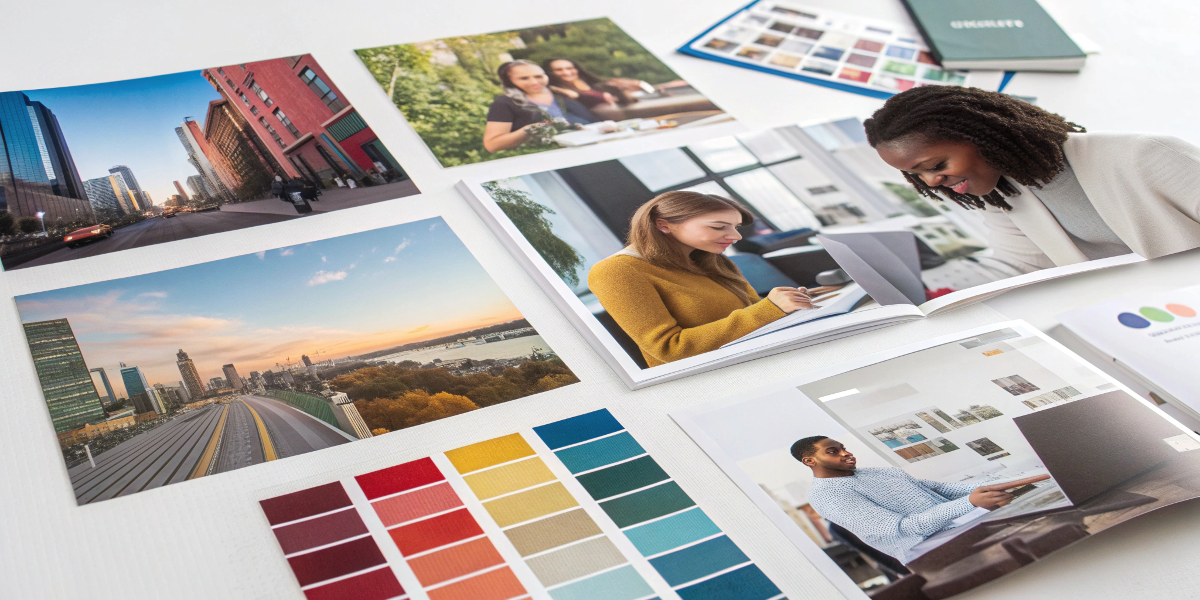
Before we even talk about fabrics or zippers, we have to talk about your brand's soul. A cosmetic bag is packaging; its job is to represent the brand it holds. I've seen the most successful brands, like the ones Phoebe works on, start with a crystal-clear understanding of who they are and who they are serving. They don't try to be everything to everyone.
The Three Pillars of Your Brand
Your brand needs a strong foundation to be successful. If you can answer these three questions clearly, every other design choice will become much easier.
| Pillar | Core Question | Example |
|---|---|---|
| Your "Why" | What is the core mission or purpose behind your brand? | To create stylish, sustainable beauty accessories. |
| Your Target Customer | Who is the specific person you are creating this for? | The eco-conscious millennial who values quality and design. |
| Your USP | What makes you different from all the other brands? | We only use GRS-certified recycled materials and custom hardware. |
Take the time to get this right. Everything else, from your logo to the type of zipper you choose for your bag, should support the answers to these questions.
How do you design the physical makeup bag?
You have a brand concept, but how do you turn that idea into a real bag? The small details are what separate a generic bag from a premium product.
Design the physical bag by defining its function, choosing the right material, and selecting the key features. Decide its purpose, select a material like RPET for sustainability, and pick practical features like zippers, pockets, and linings that serve your customer.

This is where your brand strategy meets real-world manufacturing. The choices you make here will determine how your customer uses and feels about your product every day. A project manager like Phoebe understands this perfectly. She knows that a bag for a professional makeup artist needs different features than a small pouch for a teenager's backpack. Function comes first.
From Concept to Tech Pack
The "tech pack" is the blueprint for your bag. It's a document you give to a manufacturer like me that details every single aspect of the design.
| Design Element | Key Decisions to Make | Why It Matters |
|---|---|---|
| Function/Size | Will it be for travel, daily use, or storage? What needs to fit inside? | This determines the bag's dimensions and overall shape. |
| Material | What fabric fits your brand and budget? (e.g., cotton, RPET, TPU) | The material affects the look, feel, durability, and cost. |
| Features | What kind of zipper, lining, pockets, and handles do you need? | These details enhance usability and add to the perceived value. |
We always advise our clients to think about the user experience. Will a waterproof lining be helpful? Does it need interior pockets to keep things organized? These functional choices are just as important as the color or pattern.
How do you design a makeup logo?
Your logo is the face of your brand. It has to be memorable and professional. A bad logo can make a great product look cheap and untrustworthy.
To design a makeup logo, keep it simple, memorable, and appropriate for your brand's personality. Choose a clear font and a color palette that reflects your identity. Ensure the final design is versatile enough to work on your bag and other marketing materials.
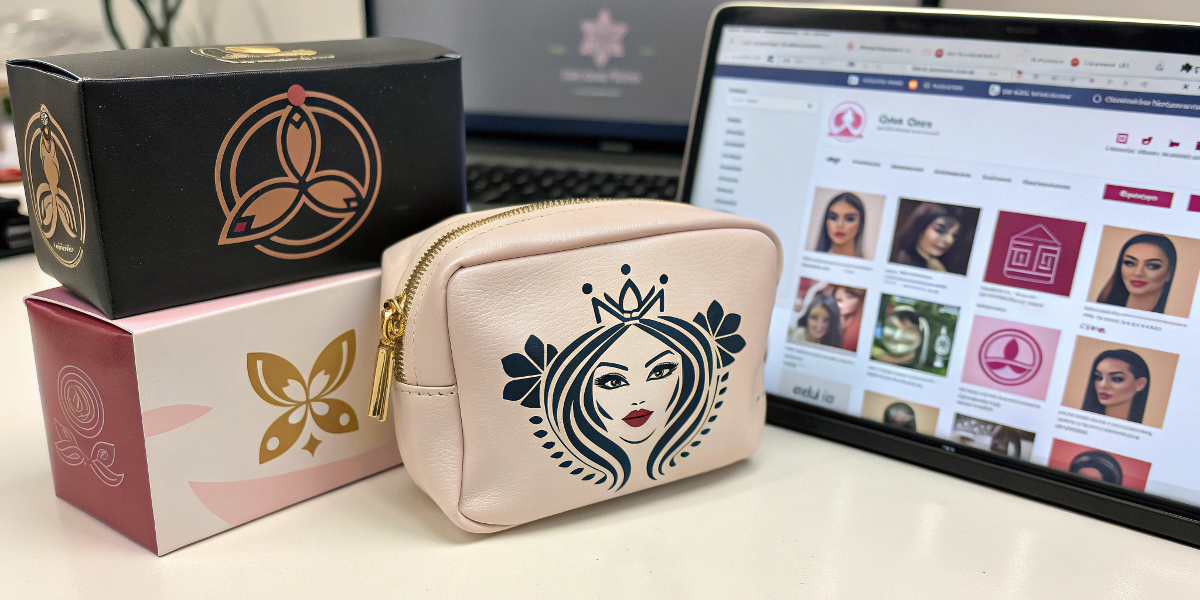
I’ve seen thousands of logos printed on the bags we’ve made. The best ones are always the simplest. They are easy to read and instantly recognizable. Complicated logos are hard to print or embroider on fabric, and they can look messy. Your logo needs to work in many different sizes, from a tiny zipper puller to a large shopping bag.
Elements of a Strong Logo
A great logo is more than just a pretty picture. It's a strategic tool for your brand. When designing, focus on these key characteristics to create something effective and lasting.
| Characteristic | What It Means | Tip |
|---|---|---|
| Simple | It is clean, uncluttered, and easy to recognize. | Avoid too many colors, fonts, or complex graphics. |
| Memorable | It is easy to recall after a quick glance. | Unique shapes or a simple wordmark work best. |
| Versatile | It looks good in black and white, and at any size. | Test your logo design in very small and very large sizes. |
| Appropriate | It fits the personality of your brand (e.g., elegant, playful). | The font and colors should match your brand identity. |
If you're not a designer, this is a good place to hire a professional. A good freelance designer can help you create a logo that looks professional and connects with your customers.
How do you build your brand identity?
Your brand is more than a logo and a product. It's the entire experience you create for your customer. How do you make that experience consistent and compelling?
Build a strong brand identity by consistently applying your brand's visual elements and voice across all touchpoints. This includes your product, packaging, website, and social media. Consistency in colors, fonts, and messaging builds trust and makes your brand recognizable.
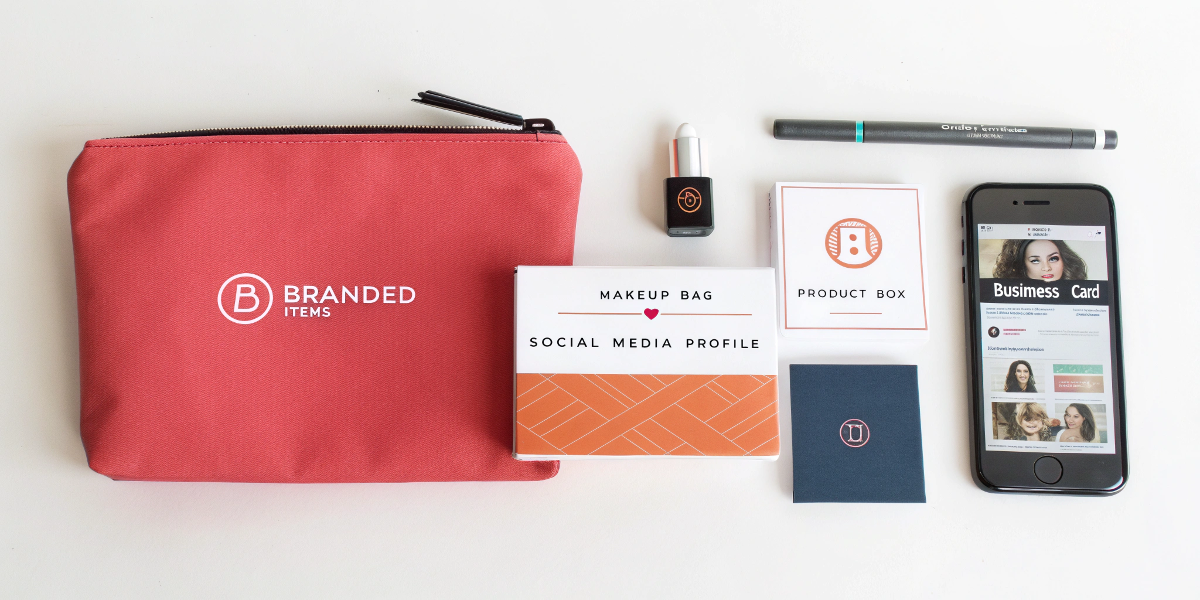
Consistency is the key to building trust. I see it from a manufacturing perspective all the time. When a brand like the one Phoebe manages places an order, every detail is specified. The exact Pantone color for the fabric, the specific font for the tag, the precise finish on the zipper—it's all consistent with their brand guidelines. This attention to detail is what creates a premium brand experience.
Creating Your Brand Guidelines
A brand guideline is a rulebook for your brand. It tells everyone exactly how to use your brand's visual elements to ensure everything looks and feels the same, no matter where a customer sees it.
- Logo Usage: Show how to use your logo correctly. Include clear space rules and show how not to use it (e.g., don't stretch it, don't change the colors).
- Color Palette: Define your primary and secondary brand colors. Provide the exact color codes (Pantone, CMYK, RGB) for consistency between print and digital.
- Typography: Choose one or two primary fonts for your brand. Specify which font to use for headlines and which to use for body text.
- Brand Voice: Describe your brand's personality in words. Is it professional? Playful? Minimalist? This will guide your writing on your website and social media.
This document ensures that as your brand grows, it remains strong and consistent.
Conclusion
Designing a private label makeup bag is a journey from a big idea to small details. Start with your brand, design a functional product, and apply your identity consistently.
